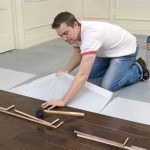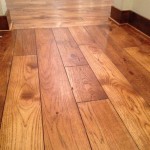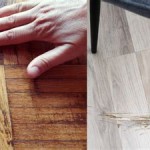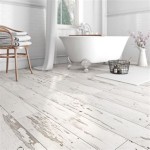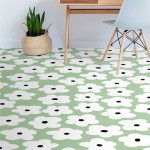Hardwood flooring is a classic and timeless choice for any home. Though there are many materials to choose from, hardwood flooring creates a level of sophistication, elegance, and beauty that is hard to replicate. There are a few things to consider when choosing the best hardwood flooring for your home, from design to species of wood to installation. Read on to learn more about the best hardwood flooring for your home.
Designs and Types of Hardwood Flooring
When it comes to hardwood flooring, there are countless design and style options. From traditional solid hardwoods to engineered hardwoods, there are a variety of options to choose from. Solid hardwoods are typically more expensive than engineered hardwoods, but they are also more durable. Engineered hardwoods are made from layers of wood that are bonded together, making them more resistant to moisture, temperature changes, and other environmental factors. Additionally, they can be installed over existing floors, which can save time and money.
When it comes to the design of hardwood flooring, there are a variety of colors, textures, and finishes to choose from. Traditional hardwood floors come in a variety of natural wood tones and grains, perfect for a more traditional look. For a more modern look, there are also dark wood finishes, weathered wood looks, and even painted wood options. There are also many types of finishes, from glossy to matte to distressed, that can help create the desired look for your home.
Species of Wood
When choosing the best hardwood flooring for your home, it is important to consider the species of wood. Different species of wood have different levels of hardness and durability, and some are more resistant to scratches and dents. Some of the most popular species of wood for hardwood flooring include oak, hickory, maple, and cherry. Each of these species of wood has its own unique characteristics, so it is important to research each one to determine which is the best fit for your home.
Installation
When it comes to hardwood flooring, installation is a key factor. Hardwood floors can be installed in several different ways, including nailing, stapling, gluing, and floating. If you are installing the flooring yourself, it is important to research the best method for your flooring and to make sure that you have the proper tools and materials. Additionally, if you are hiring a professional to install your hardwood flooring, make sure that they have experience and are certified to install the type of flooring that you have chosen.
Maintenance
In order to keep your hardwood flooring looking its best, it is important to maintain it properly. Regular sweeping and vacuuming will help to remove dirt and debris from the surface of the flooring. Additionally, using an appropriate cleaning product and wiping up spills immediately can help prevent staining and discoloration. For more routine maintenance, it is also important to apply a protective finish to the flooring every few years to help keep it looking its best.
Cost
The cost of hardwood flooring can vary greatly, depending on the type of wood, the amount of flooring needed, and the cost of installation. Solid hardwood flooring typically costs more than engineered hardwoods, and the cost of installation can vary depending on the complexity of the job. Additionally, the cost of maintenance products and protective finishes should also be taken into consideration when budgeting for hardwood flooring.
Conclusion
When it comes to hardwood flooring, there are a variety of options to choose from. From design to species of wood to installation and maintenance, there are a few things to consider when selecting the best hardwood flooring for your home. With a little bit of research, you can find the perfect hardwood flooring to match your home and budget.















Related Posts



